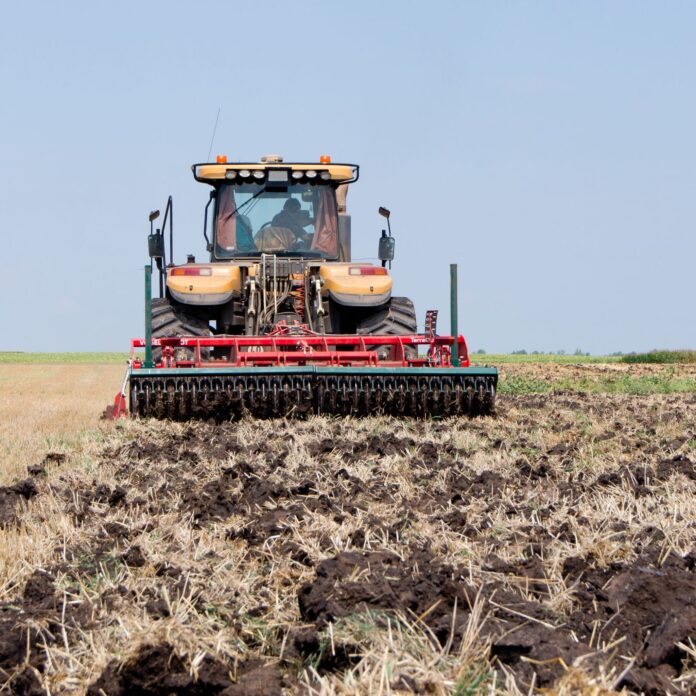The “Internet of Things” has the potential to change the world we live in; smarter cities, connected cars and more-efficient industries are all part of the IoT equation. However, application of agricultural IoT technology could perhaps have the greatest impact.
That seems like a lofty claim, but when crunching the numbers it becomes readily apparent. Agriculture has been the staple of civilization since man moved away from hunting and gathering. At the same time, it has been a labor-intensive, high-risk, low-reward industry. Farmers are often the most impacted by economic downturns or environmental shifts, and precision agriculture uses IoT systems to help counteract, and in some cases eliminate, the numerous risk factors the agriculture industry faces.
Measurement
At its most basic, agricultural IoT can help farmers better measure things, like the amount of fertilizer used, the number of seeds planted, the amount of water in the soil and the temperature of stored produce. Through agricultural IoT systems, these measurements can be extremely precise, allowing the farmer to track a variety of environmental variables down to the square foot.
Monsanto recently acquired Climate Corp., a company that specializes in agricultural IoT, for $1.1 billion. Farming, like everything else, is all about the use of resources, and if farmers can use IoT sensors to utilize those resources more effectively, the results can be game-changing.
Higher yields
A report by Beechum research found growing global demand for food resources driven by population expansion will ultimately require precision farming practices powered by the IoT.
“In order to counter these challenges, the [United Nations Food and Agriculture Organization] recommends that all farming sectors should be equipped with innovative tools and techniques, particularly digital technologies,” the report noted. “Precision agriculture aims to optimize yield per unit of farming land by using the most modern means in a continuously sustainable way, to achieve best in terms of quality, quantity and financial return.”
Estimates show that farmers using agricultural IoT systems can see yields increased by up to 15%, which translates to $5 to $100 more per acre. This doesn’t sound like much until you consider the fact that the average family-owned farm in the U.S. is 1,000 acres, which means IoT could net the family farmer from $5,000 to $100,000 more.
As Beechum noted, the higher yields don’t just equate to higher profits, but more people fed. This is vital when the population of the world is expected to surpass 10 billion people before the end of this century. IoT also helps increase food security in other ways – after harvest, a percentage of crops are lost in transport or storage due to vermin or temperature changes, and IoT systems can reduce this loss rate by a sizable margin, meaning more food for everyone.
Lack of infrastructure
IoT deployment in agriculture is in some ways proceeding with companies like John Deere – one of the largest farm-equipment manufacturers in the world – making a modem standard on every piece of equipment it produces.
Companies like AT&T and Monsanto also are partnering to rollout new agricultural IoT systems. However, a major obstacle to precision agriculture realizing its full potential is a lack of comprehensive rural broadband systems.
IoT platforms require an Internet connection to function. In a hearing before the U.S. Senate Commerce Committee, witnesses described how some farmers are forced to shuffle data between devices on flash drives. Additionally, Cory Reed, SVP of intelligent solutions for Deere & Co., noted even where there is connectivity it is failing due to high demand.
“In rural areas,” Reed said, “data transmissions have a 70% success rate, and without improvements Deere expects that to drop to 50% in two to three years.”
While there have been efforts by the Federal Communications Commission and private carriers to increase rural connectivity, the metric for measuring the amount of connectivity is based on the number of people connected. If IoT is to realize its full potential in the agriculture space, it may require a change of thinking on how to measure the availability of wireless infrastructure in rural, sparsely populated areas.
So, what does it all mean?
Therese Cory, an analyst at Beecham Research and one of the co-authors of the report, said, “The demand for more food has to be set against the challenges of rising climate change and more extreme weather conditions, along with the environmental impact resulting from intensive farming practices.”
Smart farming is not just a technical innovation; it is a necessary innovation, which if correctly implemented could help feed a hungry world coping with the environmental stress of climate change. Moreover, the technological innovations of precision agriculture could help farmers be more precise in their use of fertilizers and pesticides, thereby mitigating some environmental impacts.
The transformation toward a smart farming future will be a slow one unless rural areas begin to receive the wireless and broadband infrastructure needed to keep up with skyrocketing demand. If steps are taken to successfully implement precision agriculture it could be a win, win, win.
Providers win by finding new customers who will need enough infrastructure to run new agricultural IoT systems; farmers win because they see higher yields and more financial security; and everyone else wins because the specter of famine, which has haunted man since time immemorial, is kept firmly at bay.

